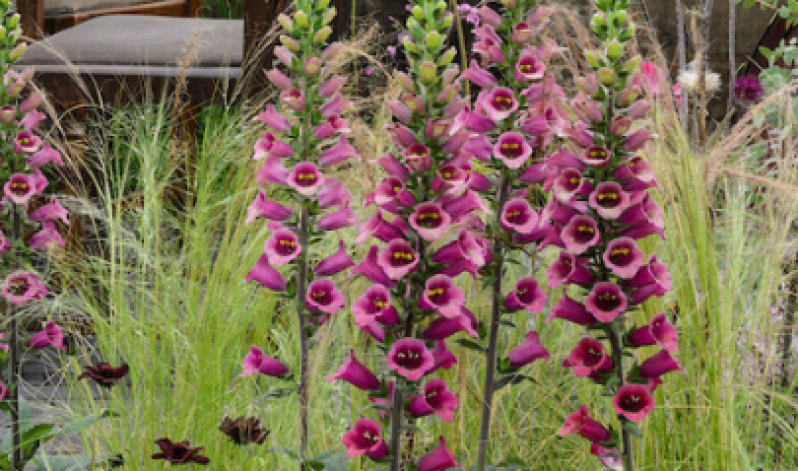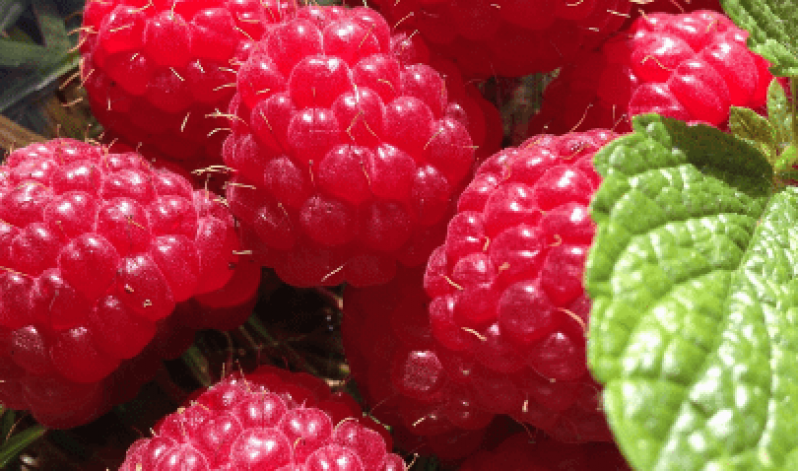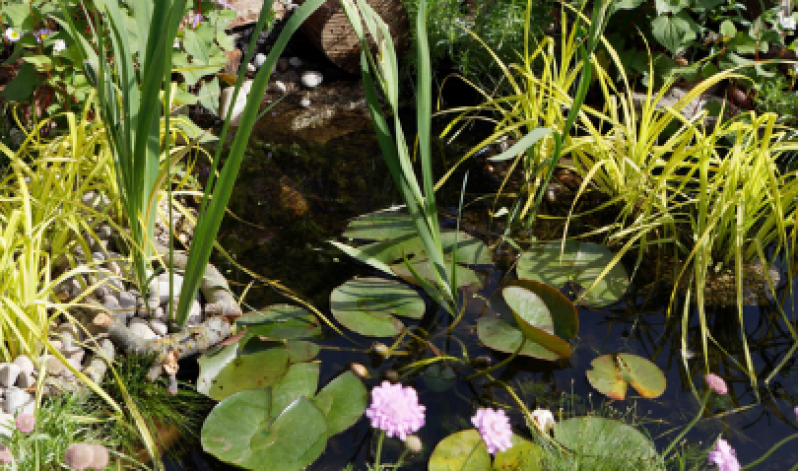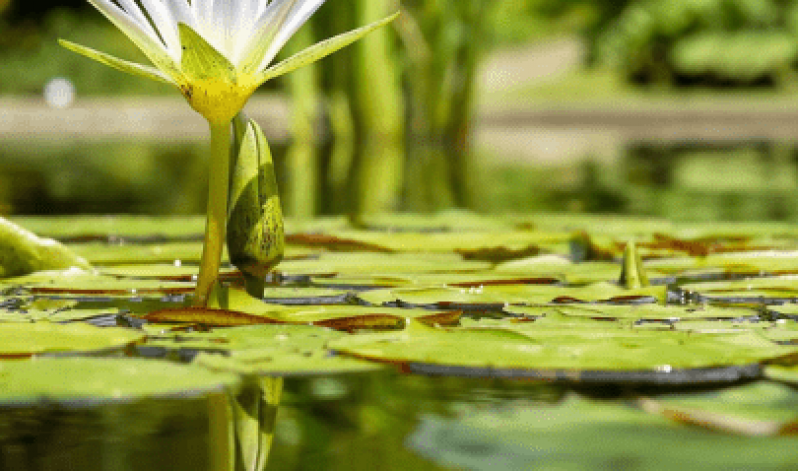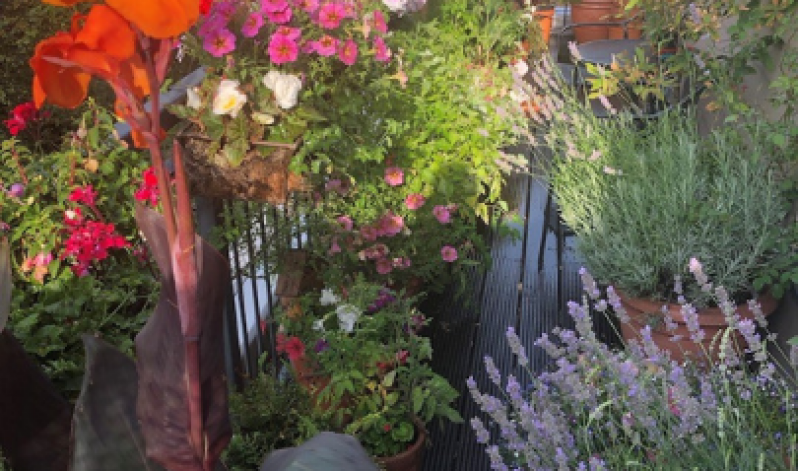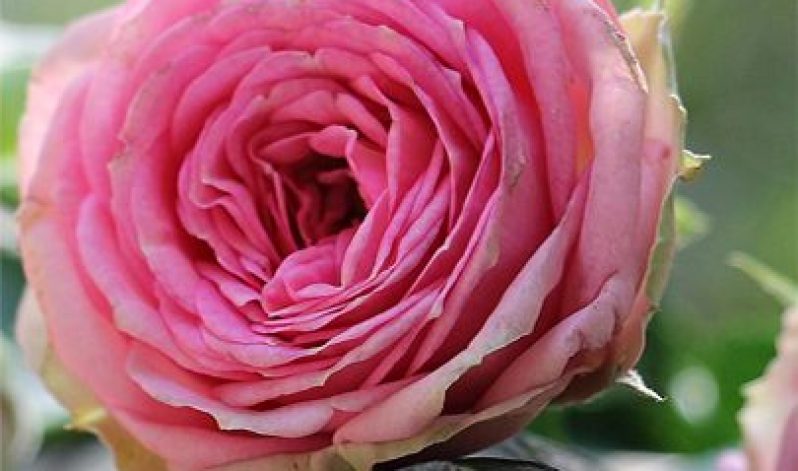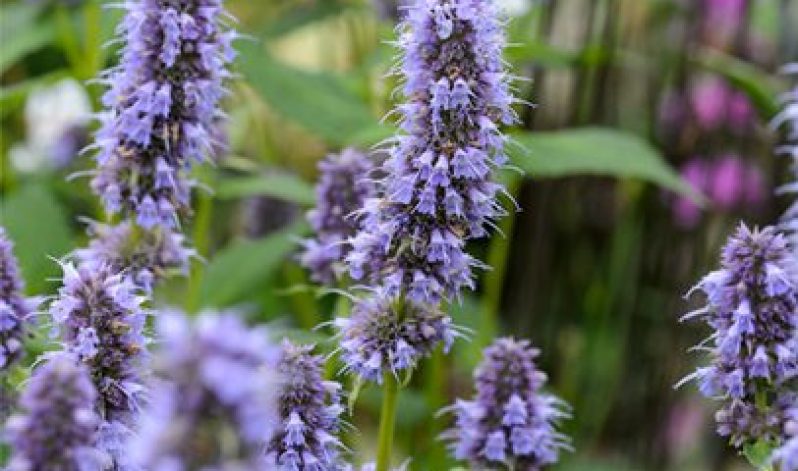Jul 12, 2022
0 comment
Plant your own foxglove haven at home
Attract bees and wildlife to the garden by featuring foxgloves in your planting scheme. They’re sure to give a burst of colour to any corner of the garden.
Foxgloves were a clear favourite at this year’s BBC Gardeners’ World Live, appearing in the Beautiful Borders, Show Gardens and throughout the Floral Marquee. Popular in cottage gardens, foxgloves make a lovely addition to the garden, coming in many colours and varieties.
With the help of our friends at BBC Gardeners’ World Magazine, we’ve put together some top tips to help you grow your own foxglove haven at home.
The Hideout, inspired by Peaky Blinders in celebration of the BBC’s 100th anniversary, designed by Alex Froggatt.
Foxgloves in the Floral Marquee at BBC Gardeners’ World Live
Let’s get growing!To start growing foxgloves, sow the seeds in a tray of seed compost. Instead of covering the seed, place a propagator lid or sheet of glass over the tray. Already grown plants can be plotted straight into the garden in spring or autumn.When looking for a spot to plant your foxgloves, it’s important to remember that most varieties of foxgloves prefer the shade and do best in a well-drained, moist soil. What’s more, you might not get flowers the same year you plant. To get your foxgloves to self-seed around the garden for flowers every year, plant them two years in a row.Foxgloves will self-seed on their own in the garden – just avoid deadheading the flowers until seeds have developed and ripened. You can collect the seeds and scatter them where you’d like them to grow, or sow seeds in a tray of compost.
Top tipsDeadhead blooms after flowering for a second wind of flowers, or let them self seed over the garden.Protect young plants from slugs and snailsAll parts of foxgloves are poisonous, and can kill an adult human if any of the part is ingested. Avoid this plant if your pets are prone to eating garden plants.
/*! elementor - v3.21.0 - 08-05-2024 */
.elementor-widget-divider{--divider-border-style:none;--divider-border-width:1px;--divider-color:#0c0d0e;--divider-icon-size:20px;--divider-element-spacing:10px;--divider-pattern-height:24px;--divider-pattern-size:20px;--divider-pattern-url:none;--divider-pattern-repeat:repeat-x}.elementor-widget-divider .elementor-divider{display:flex}.elementor-widget-divider .elementor-divider__text{font-size:15px;line-height:1;max-width:95%}.elementor-widget-divider .elementor-divider__element{margin:0 var(--divider-element-spacing);flex-shrink:0}.elementor-widget-divider .elementor-icon{font-size:var(--divider-icon-size)}.elementor-widget-divider .elementor-divider-separator{display:flex;margin:0;direction:ltr}.elementor-widget-divider--view-line_icon .elementor-divider-separator,.elementor-widget-divider--view-line_text .elementor-divider-separator{align-items:center}.elementor-widget-divider--view-line_icon .elementor-divider-separator:after,.elementor-widget-divider--view-line_icon .elementor-divider-separator:before,.elementor-widget-divider--view-line_text .elementor-divider-separator:after,.elementor-widget-divider--view-line_text .elementor-divider-separator:before{display:block;content:"";border-block-end:0;flex-grow:1;border-block-start:var(--divider-border-width) var(--divider-border-style) var(--divider-color)}.elementor-widget-divider--element-align-left .elementor-divider .elementor-divider-separator>.elementor-divider__svg:first-of-type{flex-grow:0;flex-shrink:100}.elementor-widget-divider--element-align-left .elementor-divider-separator:before{content:none}.elementor-widget-divider--element-align-left .elementor-divider__element{margin-left:0}.elementor-widget-divider--element-align-right .elementor-divider .elementor-divider-separator>.elementor-divider__svg:last-of-type{flex-grow:0;flex-shrink:100}.elementor-widget-divider--element-align-right .elementor-divider-separator:after{content:none}.elementor-widget-divider--element-align-right .elementor-divider__element{margin-right:0}.elementor-widget-divider--element-align-start .elementor-divider .elementor-divider-separator>.elementor-divider__svg:first-of-type{flex-grow:0;flex-shrink:100}.elementor-widget-divider--element-align-start .elementor-divider-separator:before{content:none}.elementor-widget-divider--element-align-start .elementor-divider__element{margin-inline-start:0}.elementor-widget-divider--element-align-end .elementor-divider .elementor-divider-separator>.elementor-divider__svg:last-of-type{flex-grow:0;flex-shrink:100}.elementor-widget-divider--element-align-end .elementor-divider-separator:after{content:none}.elementor-widget-divider--element-align-end .elementor-divider__element{margin-inline-end:0}.elementor-widget-divider:not(.elementor-widget-divider--view-line_text):not(.elementor-widget-divider--view-line_icon) .elementor-divider-separator{border-block-start:var(--divider-border-width) var(--divider-border-style) var(--divider-color)}.elementor-widget-divider--separator-type-pattern{--divider-border-style:none}.elementor-widget-divider--separator-type-pattern.elementor-widget-divider--view-line .elementor-divider-separator,.elementor-widget-divider--separator-type-pattern:not(.elementor-widget-divider--view-line) .elementor-divider-separator:after,.elementor-widget-divider--separator-type-pattern:not(.elementor-widget-divider--view-line) .elementor-divider-separator:before,.elementor-widget-divider--separator-type-pattern:not([class*=elementor-widget-divider--view]) .elementor-divider-separator{width:100%;min-height:var(--divider-pattern-height);-webkit-mask-size:var(--divider-pattern-size) 100%;mask-size:var(--divider-pattern-size) 100%;-webkit-mask-repeat:var(--divider-pattern-repeat);mask-repeat:var(--divider-pattern-repeat);background-color:var(--divider-color);-webkit-mask-image:var(--divider-pattern-url);mask-image:var(--divider-pattern-url)}.elementor-widget-divider--no-spacing{--divider-pattern-size:auto}.elementor-widget-divider--bg-round{--divider-pattern-repeat:round}.rtl .elementor-widget-divider .elementor-divider__text{direction:rtl}.e-con-inner>.elementor-widget-divider,.e-con>.elementor-widget-divider{width:var(--container-widget-width,100%);--flex-grow:var(--container-widget-flex-grow)}
Browse the gallery below to get foxglove garden inspiration from the gardens at BBC Gardeners’ World LiveReady to plant? Check out some of the floral features, Beautiful Borders and Show Gardens from BBC Gardeners’ World Live 2022 for ideas of where to plant in your garden, as well as colour schemes and ideas for planting.
/*! elementor-pro - v3.21.0 - 30-04-2024 */
.elementor-gallery__container{min-height:1px}.elementor-gallery-item{position:relative;overflow:hidden;display:block;text-decoration:none;border:solid var(--image-border-width) var(--image-border-color);border-radius:var(--image-border-radius)}.elementor-gallery-item__content,.elementor-gallery-item__overlay{height:100%;width:100%;position:absolute;top:0;left:0}.elementor-gallery-item__overlay{mix-blend-mode:var(--overlay-mix-blend-mode);transition-duration:var(--overlay-transition-duration);transition-property:mix-blend-mode,transform,opacity,background-color}.elementor-gallery-item__image.e-gallery-image{transition-duration:var(--image-transition-duration);transition-property:filter,transform}.elementor-gallery-item__content{display:flex;flex-direction:column;justify-content:var(--content-justify-content,center);align-items:center;text-align:var(--content-text-align);padding:var(--content-padding)}.elementor-gallery-item__content>div{transition-duration:var(--content-transition-duration)}.elementor-gallery-item__content.elementor-gallery--sequenced-animation>div:nth-child(2){transition-delay:calc(var(--content-transition-delay) / 3)}.elementor-gallery-item__content.elementor-gallery--sequenced-animation>div:nth-child(3){transition-delay:calc(var(--content-transition-delay) / 3 * 2)}.elementor-gallery-item__content.elementor-gallery--sequenced-animation>div:nth-child(4){transition-delay:calc(var(--content-transition-delay) / 3 * 3)}.elementor-gallery-item__description{color:var(--description-text-color,#fff);width:100%}.elementor-gallery-item__title{color:var(--title-text-color,#fff);font-weight:700;width:100%}.elementor-gallery__titles-container{display:flex;flex-wrap:wrap;justify-content:var(--titles-container-justify-content,center);margin-bottom:20px}.elementor-gallery__titles-container:not(.e--pointer-framed) .elementor-item:after,.elementor-gallery__titles-container:not(.e--pointer-framed) .elementor-item:before{background-color:var(--galleries-pointer-bg-color-hover)}.elementor-gallery__titles-container:not(.e--pointer-framed) .elementor-item.elementor-item-active:after,.elementor-gallery__titles-container:not(.e--pointer-framed) .elementor-item.elementor-item-active:before{background-color:var(--galleries-pointer-bg-color-active)}.elementor-gallery__titles-container.e--pointer-framed .elementor-item:before{border-color:var(--galleries-pointer-bg-color-hover);border-width:var(--galleries-pointer-border-width)}.elementor-gallery__titles-container.e--pointer-framed .elementor-item:after{border-color:var(--galleries-pointer-bg-color-hover)}.elementor-gallery__titles-container.e--pointer-framed .elementor-item.elementor-item-active:after,.elementor-gallery__titles-container.e--pointer-framed .elementor-item.elementor-item-active:before{border-color:var(--galleries-pointer-bg-color-active)}.elementor-gallery__titles-container.e--pointer-framed.e--animation-draw .elementor-item:before{border-left-width:var(--galleries-pointer-border-width);border-bottom-width:var(--galleries-pointer-border-width);border-right-width:0;border-top-width:0}.elementor-gallery__titles-container.e--pointer-framed.e--animation-draw .elementor-item:after{border-left-width:0;border-bottom-width:0;border-right-width:var(--galleries-pointer-border-width);border-top-width:var(--galleries-pointer-border-width)}.elementor-gallery__titles-container.e--pointer-framed.e--animation-corners .elementor-item:before{border-left-width:var(--galleries-pointer-border-width);border-bottom-width:0;border-right-width:0;border-top-width:var(--galleries-pointer-border-width)}.elementor-gallery__titles-container.e--pointer-framed.e--animation-corners .elementor-item:after{border-left-width:0;border-bottom-width:var(--galleries-pointer-border-width);border-right-width:var(--galleries-pointer-border-width);border-top-width:0}.elementor-gallery__titles-container .e--pointer-double-line .elementor-item:after,.elementor-gallery__titles-container .e--pointer-double-line .elementor-item:before,.elementor-gallery__titles-container .e--pointer-overline .elementor-item:before,.elementor-gallery__titles-container .e--pointer-underline .elementor-item:after{height:var(--galleries-pointer-border-width)}.elementor-gallery-title{--space-between:10px;cursor:pointer;color:#6d7882;font-weight:500;position:relative;padding:7px 14px;transition:all .3s}.elementor-gallery-title--active{color:#495157}.elementor-gallery-title:not(:last-child){margin-inline-end:var(--space-between)}.elementor-gallery-item__title+.elementor-gallery-item__description{margin-top:var(--description-margin-top)}.e-gallery-item.elementor-gallery-item{transition-property:all}.e-gallery-item.elementor-animated-content .elementor-animated-item--enter-from-bottom,.e-gallery-item.elementor-animated-content .elementor-animated-item--enter-from-left,.e-gallery-item.elementor-animated-content .elementor-animated-item--enter-from-right,.e-gallery-item.elementor-animated-content .elementor-animated-item--enter-from-top,.e-gallery-item:focus .elementor-gallery__item-overlay-bg,.e-gallery-item:focus .elementor-gallery__item-overlay-content,.e-gallery-item:focus .elementor-gallery__item-overlay-content__description,.e-gallery-item:focus .elementor-gallery__item-overlay-content__title,.e-gallery-item:hover .elementor-gallery__item-overlay-bg,.e-gallery-item:hover .elementor-gallery__item-overlay-content,.e-gallery-item:hover .elementor-gallery__item-overlay-content__description,.e-gallery-item:hover .elementor-gallery__item-overlay-content__title{opacity:1}a.elementor-item.elementor-gallery-title{color:var(--galleries-title-color-normal)}a.elementor-item.elementor-gallery-title.elementor-item-active,a.elementor-item.elementor-gallery-title.highlighted,a.elementor-item.elementor-gallery-title:focus,a.elementor-item.elementor-gallery-title:hover{color:var(--galleries-title-color-hover)}a.elementor-item.elementor-gallery-title.elementor-item-active{color:var(--gallery-title-color-active)}.e-con-inner>.elementor-widget-gallery,.e-con>.elementor-widget-gallery{width:var(--container-widget-width);--flex-grow:var(--container-widget-flex-grow)}
Delve into garden inspiration from the 2022 Show Gardens and Beautiful Borders
Discover even more top tips, inspiration and our latest news


